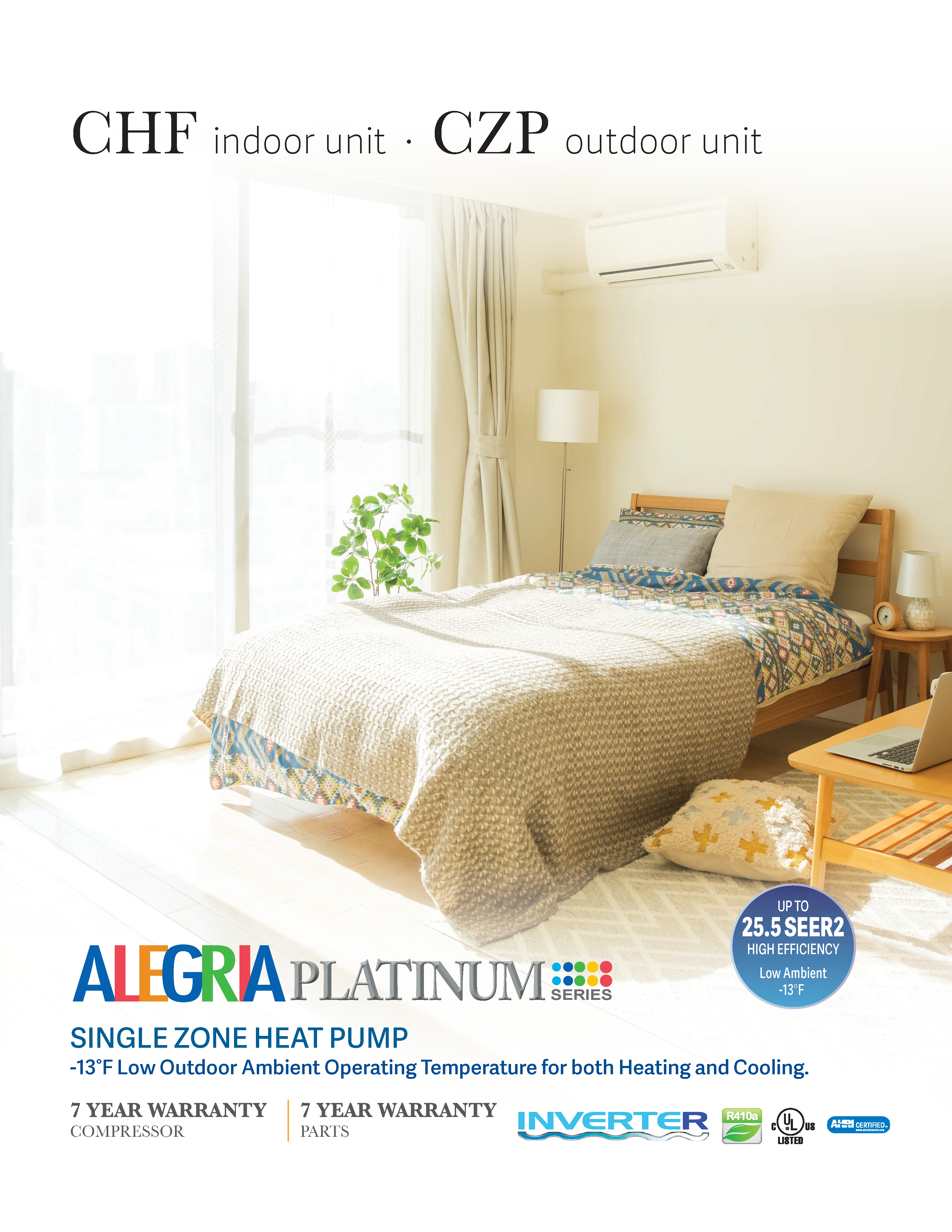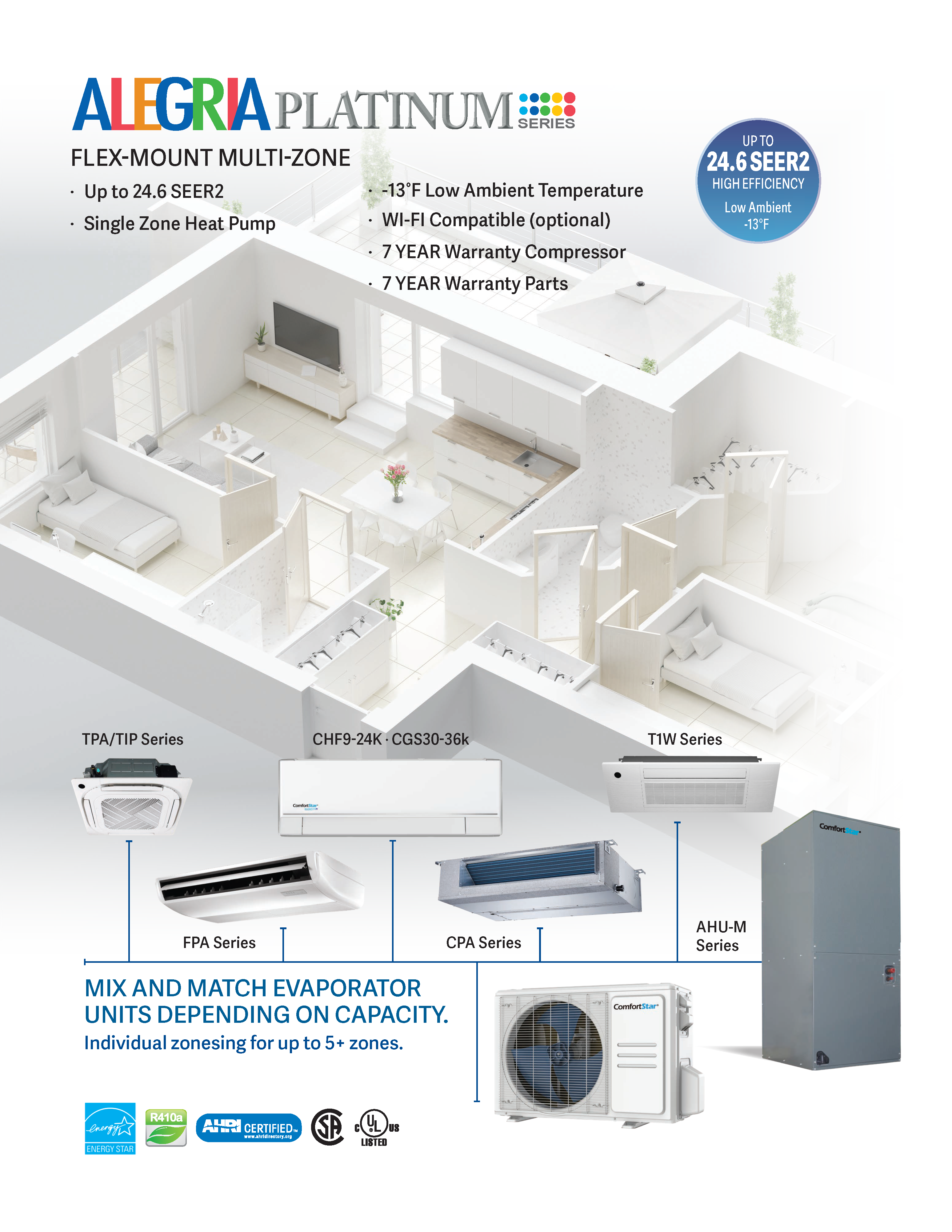What Is a Single-Zone System?
A single-zone HVAC system serves one area or room of your home. How does a single-zone HVAC system work? With a single unit, this system provides the same cooling or heating throughout an area to adjust the temperature. You could use a single-zone HVAC if:
- You have an addition: When you add on to your house, the new area won’t be connected to the rest of your home’s HVAC. A single-zone system helps cool, heat and ventilate the new area.
- You have an area that needs extra control: Your current HVAC system may under-serve some areas of your home. Attics and other rooms may be hotter or colder than you like. A single-zone system helps you better control those spots.
- You have a garage or workshop: Some homeowners condition the air in a garage or workshop with a single-zone HVAC system instead of a window unit. Then, you can still use your windows for airflow while maintaining the temperature and ventilation.
- You have a small home: Small cabins or other small homes may only need a single-zone system to stay comfortable. That’ll depend on the capacity of the system you’re considering. Just ensure you have adequate airflow with fans to distribute the air throughout your home.
What Is a Multi-Zone System?
A multi-zone HVAC system lets you cool, heat or ventilate multiple rooms in your home. But how does a multi-zone HVAC system work? Multiple units go throughout your home to serve different rooms or areas. You get independent control of the spaces within your house with this system because it creates different zones. You may want a multi-zone HVAC system if:
- You have a large or multileveled home: With multiple levels or large square footage, your home needs more than one HVAC unit. A multi-zone system can accommodate most or all of the rooms and spaces of a larger house.
- You have rooms with different needs: If an area of your house needs to be cooled more, like the kitchen, and other rooms need to be heated, like bedrooms, a multi-zone system helps you make those adjustments.
- You live in an old house: An old house makes it challenging to install new ductwork. A multi-zone HVAC system does require installation, but it won’t be as invasive as running ducts through the walls since every room has its own unit.










